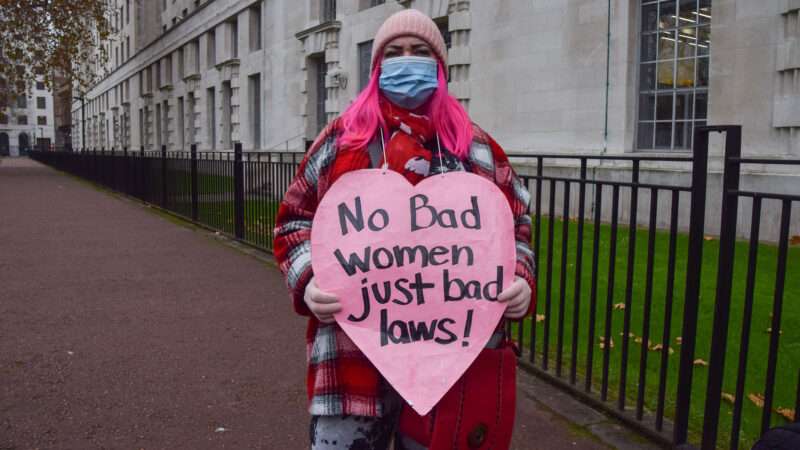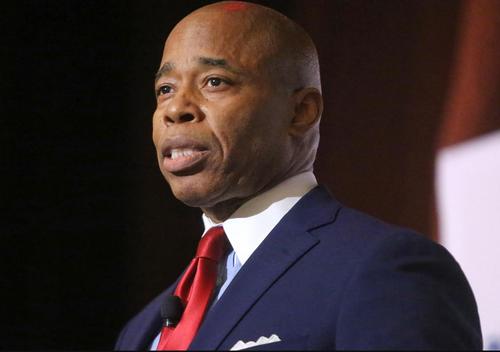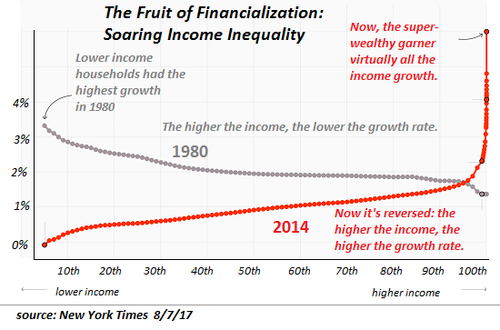
Like so many freshly fallen leaves, new restrictions on gas-powered landscaping equipment are blanketing the nation.
Washington, D.C., rang in the new year by implementing a prohibition on gas-powered leaf blowers that the city had passed in 2018. Beginning January 1, landscaping companies and individual lawn care enthusiasts alike are now subject to $500 fines for using gas-powered blowers in the city.
Just a few weeks prior, the California Air Resources Board (CARB)—the state’s primary air pollution regulator—voted to ban the sale of gas-powered leaf blowers and lawnmowers beginning in 2024.
CARB’s decision doesn’t prevent the use of gas-powered landscaping devices. But an increasing number of cities in the state, including places like Oakland and Hayward, are going that mile by passing municipal bans this past year.
Leaf blowers’ critics argue their noise and noxious emissions far outweigh the convenience they add to tidying lawns and clearing sidewalks.
“I hear from residents all of the time about the nuisance and the noise that is created. It prevents them from working and it prevents them enjoying the peace in their own homes,” said D.C. City Councilmember Mary Cheh during a 2018 hearing on the city’s then-proposed leaf blower ban.
A D.C. city council report from that year said that 170 municipalities restrict or ban gas-powered leaf blowers, and that list is only growing. At least 60 California municipalities have passed restrictions on these machines as of 2020.
This crusade for quieter neighborhoods is producing some exceptionally broadly written policies.
Take Princeton, New Jersey. In October 2021, the city passed an ordinance banning the use of “noise-creating gas-powered equipment, blowers, power fans or internal combustion engines” during early mornings and evenings, Sundays, Christmas, Thanksgiving, New Year’s, and Fourth of July (lest the leaf blowers compete with the sound of booming fireworks) during certain times of the years.
That inclusion of “internal combustion engines” had a few Twitter posters musing about whether Princeton has also accidentally banned traditional gas-powered cars as well.
I was just re-reading the town of Princeton's new leafblower ordinance, and I think it may have been written so broadly as to *actually ban cars* after 8 pm and on Sunday mornings… (1/3)
— Central NJ Yimby ???????????????? (@YIMBY_Princeton) December 30, 2021
What a great statutory interpretation exercise. The Supreme Court would tie itself up in knots trying to answer it. (I think the thread's conclusion is wrong, fwiw.) https://t.co/jNUJQ6q0MX
— David L. Noll (@davidlnoll) December 31, 2021
“I can see why some might read it that way, but the new Princeton leafblower ordinance doesn’t ban internal combustion cars,” writes Gregory Shill, a professor at University of Iowa College of Law, in an email.
Shill tells Reason that because the general subject of the city’s ordinance concerns the regulation of landscaping equipment, the legal principle of “ejusdem generis” means that catchall phrase about “internal combustion engines” shouldn’t be interpreted as limiting the use of literally all gas-powered engines in the city.
“In sum, this is good news for Princeton residents who were worried about their gas-powered cars,” he says.
Nevertheless, these more limited restrictions are provoking complaints of overreach from the landscaping industry, who argue that emissionless electric-powered leaf blowers they’re being shifted toward aren’t adequate substitutes.
One industry representative cited by the Los Angeles Times said that a three-person landscaping crew would need to carry 30 to 40 fully charged batteries to power its equipment during a full day’s work.
A D.C. city government report notes that most battery-powered leaf blowers can only operate for about 10–15 minutes at full power (or an hour at lower-power settings) and that corded leaf blowers often lacked the range needed for commercial-scale landscaping.
“While excellent for homeowner use, electric-powered blowers on the market today do not have sufficient power or duration to replace gasoline engines for professional use,” Bob Mann, a representative of National Association of Landscape Professionals, told the D.C. city council when it was considering its ban.
In addition to the burdens placed on businesses, gas leaf blower bans also have a more visceral cost.
As I wrote in 2020, “a well-manicured lawn, maintained by loud, gas-guzzling machines, has long been a symbol of freedom, prosperity, and the American dream.”
Clearly policy makers are increasingly willing to sacrifice that part of the American dream for a little more street-level domestic tranquility.
The post A Fresh New Year Means Fresh New Restrictions on Gas-Powered Leaf Blowers appeared first on Reason.com.
from Latest – Reason.com https://ift.tt/3qP41cV
via IFTTT



